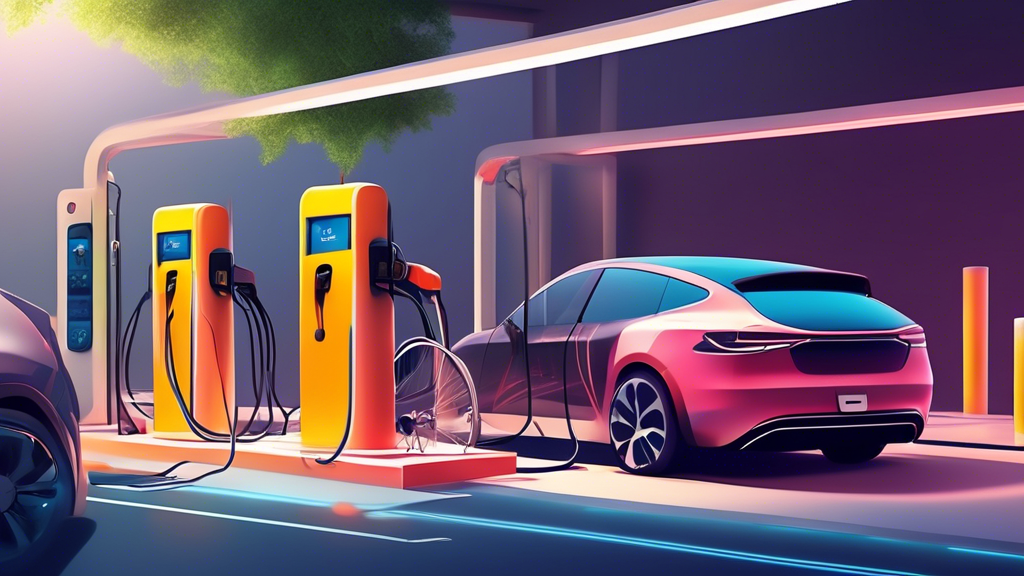
The Growing Divide: Disabled Drivers and Electric Car Chargers
A Modern Problem with Modern Solutions
Electric cars promise a greener future, but disabled drivers often find these promises out of reach. While sleek, futuristic vehicles zoom past, many wonder why accessibility seems reversed. Imagine being on a road trip, excitement bubbling over—until you realize the next charging station isn’t wheelchair-friendly. Tough luck, right? Disabled drivers and electric car chargers, is it a modern problem?
Unfortunately, this scenario plays out too often. According to reports, most electric charging stations lack accessible features. Yet, 2024 is knocking, and still, finding a charger that caters to all shouldn’t feel like finding a needle in a haystack.
The Charging Station Challenge
Picture a typical electric car charger: sleek and tall but often surrounded by high curbs or nestled in tight parking spaces. For someone using a wheelchair or with limited mobility, this setup screams stay away! Frustrating, isn’t it?
Some stations feature cumbersome cable designs, often heavy and hard to maneuver. These cables not only deter disabled drivers but practically ban them. You’d think, with all that technology, we could design something more inclusive. Spoiler alert: We can, but hurdles remain.
Bridging the Gap with Technology and Design
The obvious solution? Redesign charging stations with accessibility in mind. Height-adjustable chargers, easier-to-use plugs, and accessible parking configurations make a huge difference. Why aren’t they everywhere yet?
Electric car manufacturers and city planners are slowly catching on. Companies like ChargePoint and EVgo have begun introducing accessible charging stations. It’s a start but think of it as one charging icon on a nearly blank map.
Initiatives and Policies: Are They Enough?
Governments are stepping up, yes. Policies encouraging accessible design and funding for inclusive infrastructure exist. Yet, implementation drags. Why? Bureaucratic red tape and limited budgets don’t help.
The Americans with Disabilities Act (ADA) influences some change, but enforcement can be spotty. It often falls on community advocates and users to push for real-world applications. Lawmakers must ‘charge up’ their efforts and inject more urgency into these initiatives.
Getting Voices Heard
A key part of this puzzle involves listening to disabled drivers. Their daily experiences offer invaluable insights. Who better to guide the design of accessible stations than those who need them?
Focus groups and user testing should be standard, not an afterthought. If the car industry listens, it will become a ‘driving’ force for rapid change. Let’s engage these voices actively, not just theoretically.
A Call to Community and Industry
While strides are being made, there’s still much to do. It’s a collective mission—car manufacturers, charging network companies, and the public must unite. We need to create momentum that leaves no driver behind.
So, next time you see a futuristic electric car commercial, ask yourself: Does this future have room for everyone? Only through concerted efforts can we ensure that the spark of innovation ignites inclusivity across the board. After all, shouldn’t the electric car revolution drive us all forward?
